I spend as much time as I can in the woods by the reservoir, usually bringing the dogs with me to terrorize the red squirrels, chipmunks and an occasional mallard or deer. I’ve been many times, and know the land and the trails through it well. To keep things interesting, I’ll sometimes bushwhack, and will sometimes follow a faint animal path. Twice, I’ve created paths of my own, which eventually became well-enough established that they found their way on to the town’s trail map of the area.
Creating a trail is a little like leadership. It can be done gently, with deft, or it can be savage and invasive. It can reflect solely the will of the boss, or it can yield to what the landscape requires. It can consume significant resources and result in a radically different finished product, or it can be done as time and energy allow. The resulting trail can clearly direct hikers where to go, or it can allow them to discover their preferred way to navigate small obstacles along the way. One approach seems suited to the term “trail blazing.” “Path finding” is a good term for the other, gentler approach. My personal preference is to apply a path finding approach to sales, leadership or any situation where behavior change is the goal. Management research increasingly supports the idea that such a leadership mindset results in happier, more engaged colleagues and stronger results.
“The science shows that the secret to high performance isn’t our biological drive or our reward-and-punishment drive, but our third drive – our deep-seated desire to direct our own lives, to extend and expand our abilities, and to make a contribution.”
It doesn’t take much, really, to make a new way through the forest appear visible to others. Pruning back a few low branches in the understory quickly creates the line of sight that we need to feel comfortable on the path. The same is true for the ferns and other plants underfoot. Pulling aside the fallen deadwood helps define a corridor where, 90 degrees before, it presented a barrier. When using this pathfinder approach, the resulting passage through the trees may not scream out “Come! This is the way!” It does, however, suggest possibility worth exploring.
Certainly, not all visitors will immediately pursue or even perceive the new idea. But observant early adopters, looking for something new, will surely find it before long. Their experience will be one of discovery and perhaps will even include a tinge of excitement! Because its early definition is subtle, some will convince themselves that they actually discovered the path on their own, thinking that it was their idea. Believing this, their sense of stewardship for it and desire to share it with others will be strong. If my experience at the reservoir is any indication, before long, what was once only a possibility will soon become a well-worn, standard way to proceed.
Dan Pink’s book Drive: The Surprising Truth About What Motivates Us compiles a mountain of research into his formula for Motivation 3.0. He explains, “The science shows that the secret to high performance isn’t our biological drive or our reward-and-punishment drive, but our third drive – our deep-seated desire to direct our own lives, to extend and expand our abilities, and to make a contribution.” My own training and experience as coach backs this up. When a client wishes to make a positive change, they can do so in a lasting, transformative way only if it feels right and if it’s their idea to make the change. I’d never ask, ”Do you think your fear of failing is what’s holding you back?” Rather, I’d ask them, in peel-back-the-onion fashion, to explain the reasons for their behavior until they discover, on their own, that it’s their fear of failing that’s at the root of the issue. Once we discover something for ourselves, we own it, understand it more deeply, and are better-prepared to explore ways to address it.
We humans are complicated creatures with big brains. What sets us apart from the other animal inhabitants of this planet is our neocortex, which gives us immense logical, rational and language capabilities. But decision making and behavior change are not logical processes. We, our customers, and those whom we lead make decisions emotionally, backing them up with selective, supporting facts. The feeling of autonomy, the feeling that we are doing something because we find it intrinsically satisfying, is a requirement if we, or our customers, or our colleagues are going to buy into the idea of changing our behavior.
Whether creating a new way through the trees, leading a team towards the vision you’ve created, or helping a customer decide to purchase your products or services, create an environment where they feel in control. Create an environment where the decision you want them to make feels right. Allow the time for those you're leading to discover the path that leads to the desired decision. Things might not change as instantly as you'd like, and the ultimate result may not be exactly what you were expecting. But in the long run, you’ll be a stronger leader, more effective salesperson, happier human, and member of a cohesive, engaged team.


